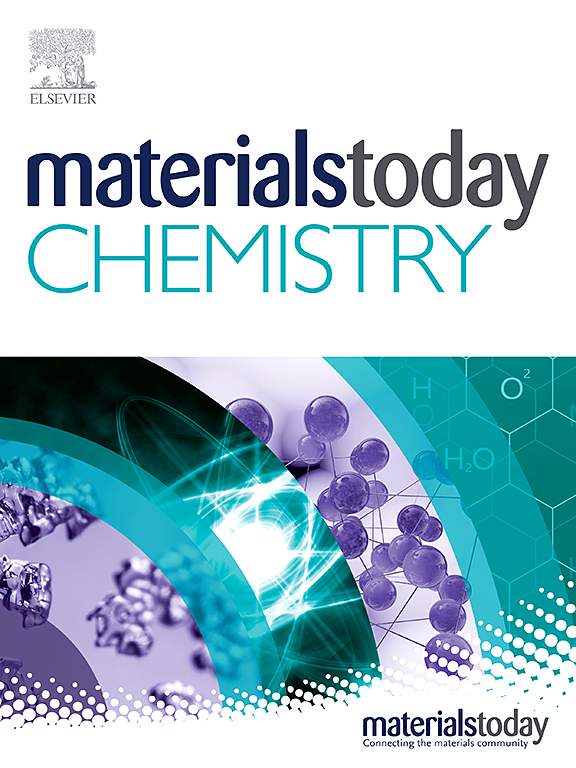Cyclodextrin polymers containing ionizable and ionic groups: A comprehensive review from classifications and synthesis methods to applications
IF 6.7
2区 化学
Q1 CHEMISTRY, MULTIDISCIPLINARY
引用次数: 0
Abstract
Cyclodextrin polymers (CDPs) are a class of polymers that have been extensively used in diverse scientific and technological fields. These polymers are characterized by the presence of cyclodextrins (CDs) as repeating units within their polymeric networks. The unique structure of CDs has enabled the synthesis of CDPs using multifunctional reagents, resulting in an enormous variety of CDPs with diverse structures and properties. This review article focuses on a key subclass of CDPs, namely those containing ionizable and ionic groups (I-CDPs). These polymers can be synthesized by introducing ionizable and ionic groups into the CDPs networks. The first I-CDPs were introduced in 1985, and, since then, there have been significant advances in their synthesis methods and applications. The remarkable features of I-CDPs are their pH-tunable water solubility and high and tunable binding affinity toward various guests, which are difficult to achieve by charge-neutral CDPs. In this review, we categorize I-CDPs into cationic, anionic, and ampholytic polymers and provide an overview of the progress made in their synthesis and applications. We highlight the creative methods used to introduce charged groups into the structure of CDPs and discuss the properties of I-CDPs that make them suitable for diverse applications.含有可电离基团和离子基团的环糊精聚合物:从分类、合成方法到应用的全面回顾
环糊精聚合物(CDP)是一类聚合物,已被广泛应用于各种科学和技术领域。这类聚合物的特点是在其聚合物网络中存在作为重复单元的环糊精(CD)。环糊精的独特结构使得人们能够使用多功能试剂合成 CDP,从而产生了种类繁多、结构和性质各异的 CDP。本综述文章将重点介绍 CDP 的一个重要子类,即含有可电离基团和离子基团的 CDP(I-CDP)。这些聚合物可以通过在 CDP 网络中引入可电离基团和离子基团来合成。第一种 I-CDPs 于 1985 年问世,此后,其合成方法和应用取得了重大进展。I-CDPs 的显著特点是具有可调节 pH 值的水溶性以及对各种客体具有高且可调的结合亲和力,这是电荷中性 CDPs 难以达到的。在本综述中,我们将 I-CDPs 分为阳离子、阴离子和两性聚合物,并概述了它们的合成和应用进展。我们重点介绍了在 CDP 结构中引入带电基团的创新方法,并讨论了 I-CDP 的特性,这些特性使它们适用于多种应用。
本文章由计算机程序翻译,如有差异,请以英文原文为准。
求助全文
约1分钟内获得全文
求助全文
来源期刊

Materials Today Chemistry
Multiple-
CiteScore
8.90
自引率
6.80%
发文量
596
审稿时长
33 days
期刊介绍:
Materials Today Chemistry is a multi-disciplinary journal dedicated to all facets of materials chemistry.
This field represents one of the fastest-growing areas of science, involving the application of chemistry-based techniques to the study of materials. It encompasses materials synthesis and behavior, as well as the intricate relationships between material structure and properties at the atomic and molecular scale. Materials Today Chemistry serves as a high-impact platform for discussing research that propels the field forward through groundbreaking discoveries and innovative techniques.
 求助内容:
求助内容: 应助结果提醒方式:
应助结果提醒方式:


